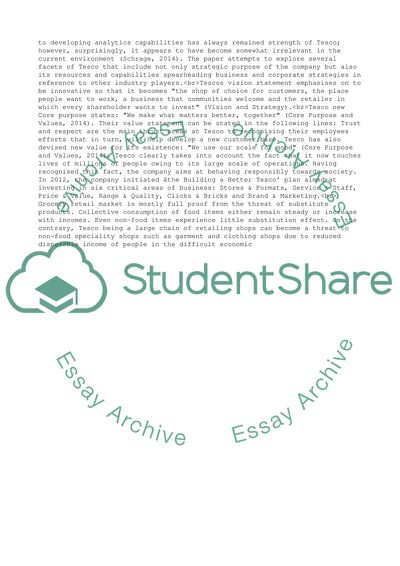Cite this document
(Tesco and the supermarket industry in the UK Essay, n.d.)
Tesco and the supermarket industry in the UK Essay. https://studentshare.org/management/1855037-tesco-and-the-supermarket-industry-in-the-uk
Tesco and the supermarket industry in the UK Essay. https://studentshare.org/management/1855037-tesco-and-the-supermarket-industry-in-the-uk
(Tesco and the Supermarket Industry in the UK Essay)
Tesco and the Supermarket Industry in the UK Essay. https://studentshare.org/management/1855037-tesco-and-the-supermarket-industry-in-the-uk.
Tesco and the Supermarket Industry in the UK Essay. https://studentshare.org/management/1855037-tesco-and-the-supermarket-industry-in-the-uk.
“Tesco and the Supermarket Industry in the UK Essay”. https://studentshare.org/management/1855037-tesco-and-the-supermarket-industry-in-the-uk.


